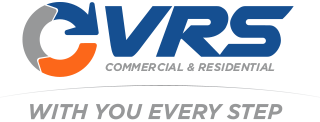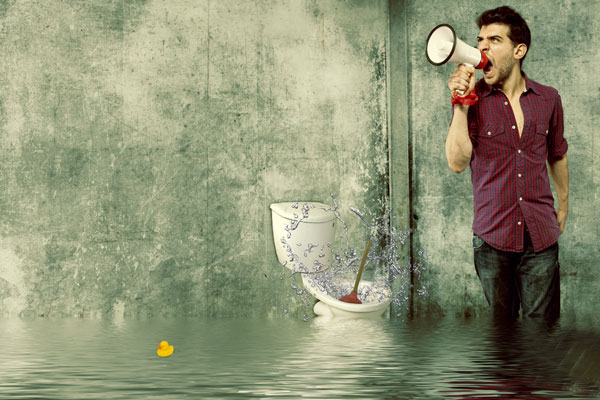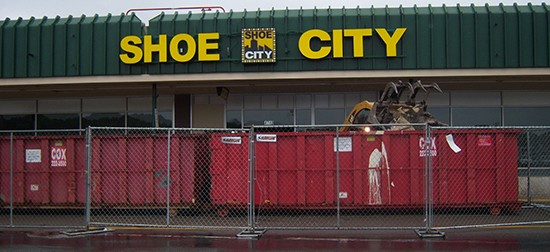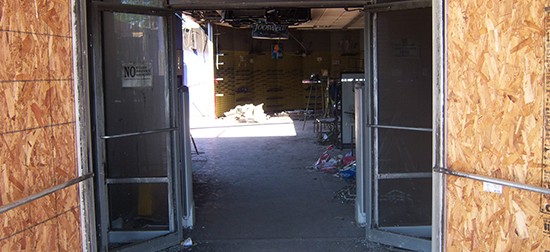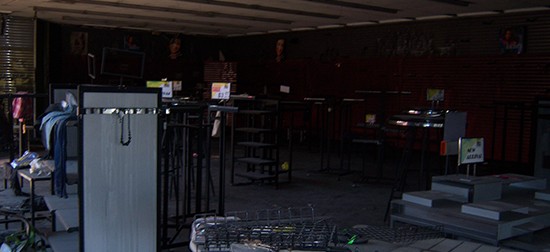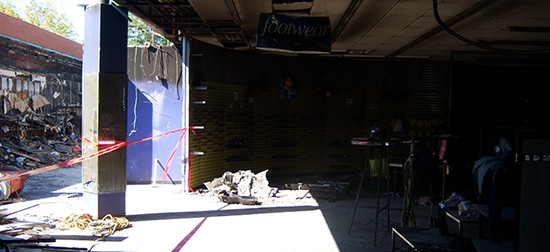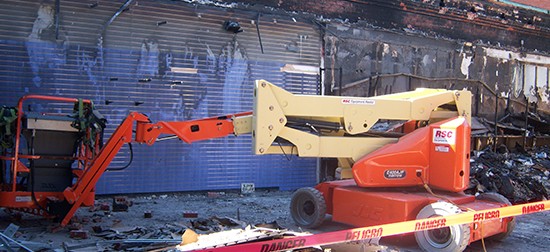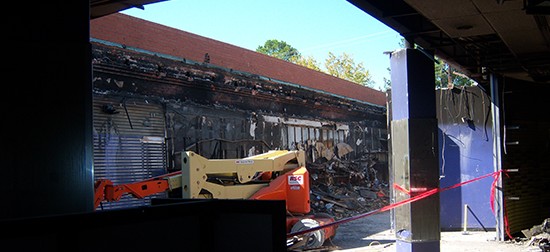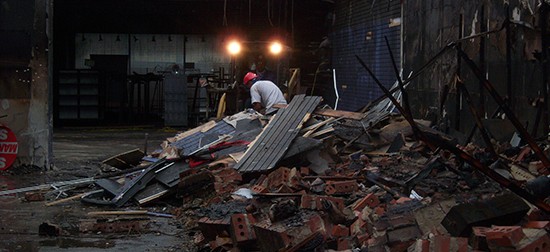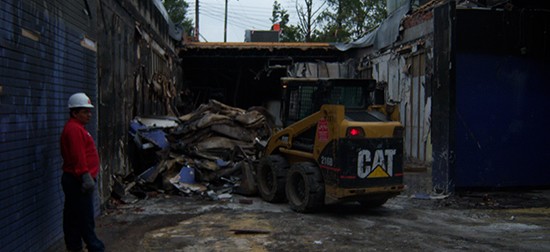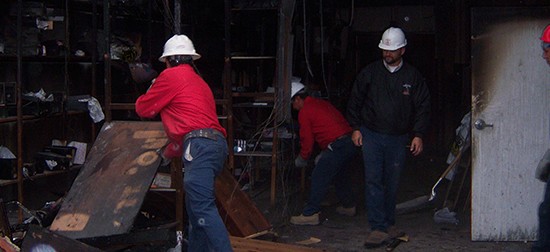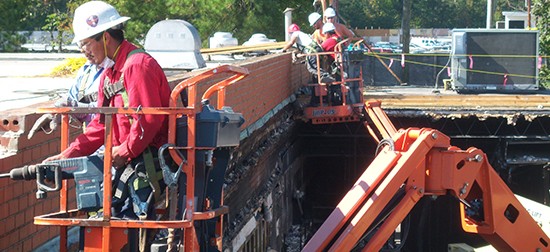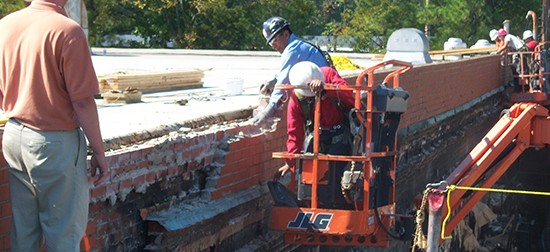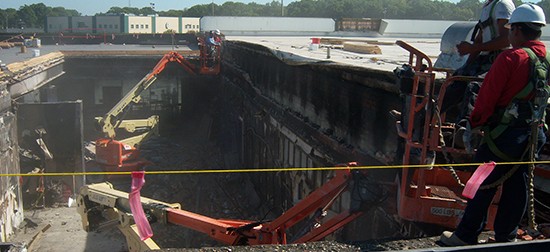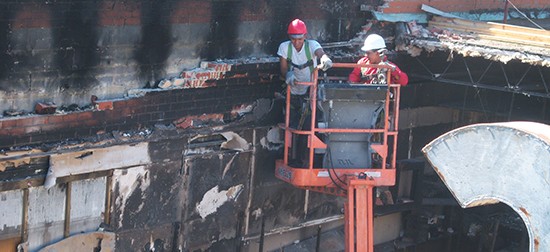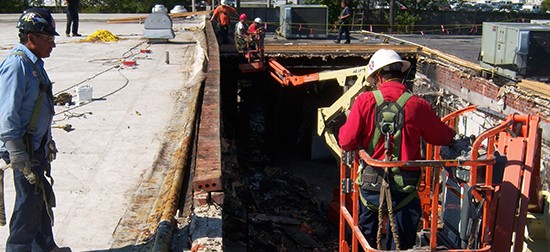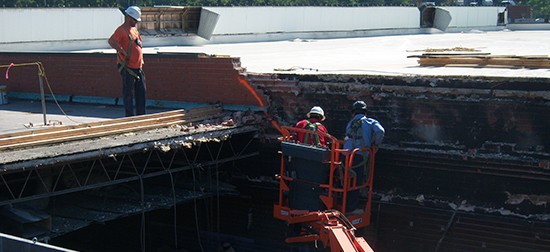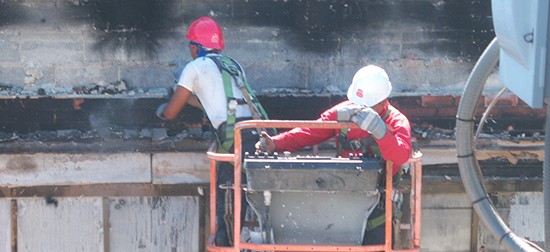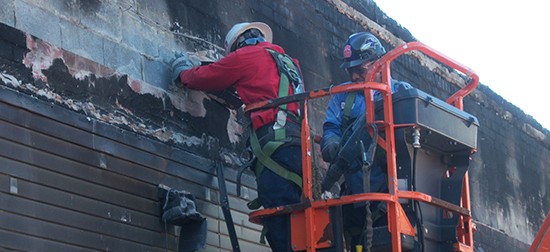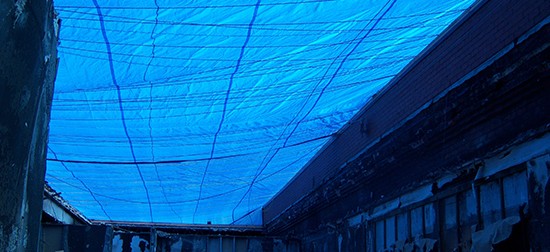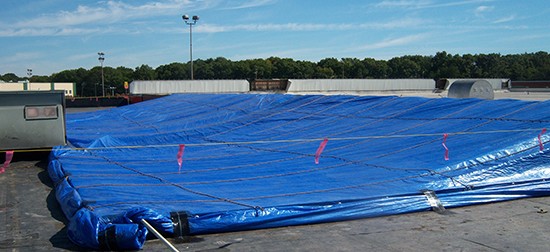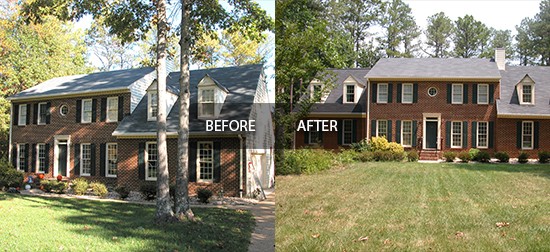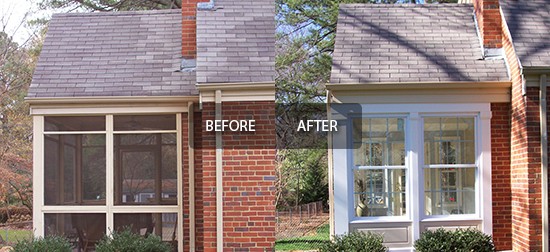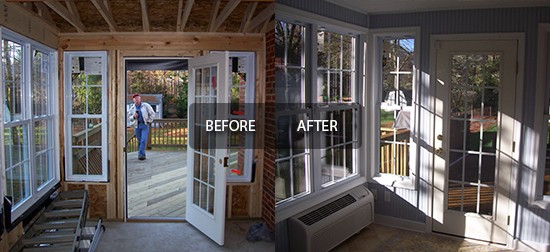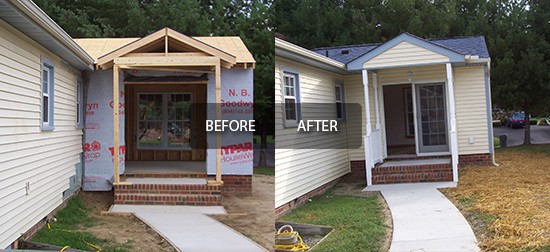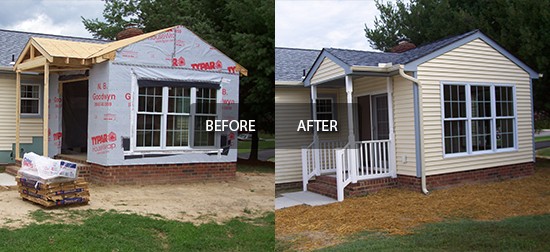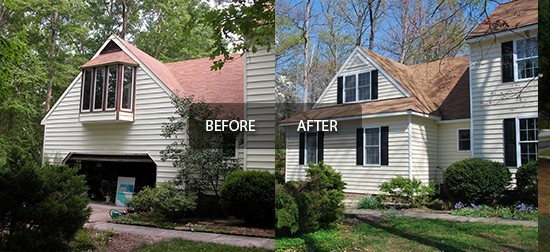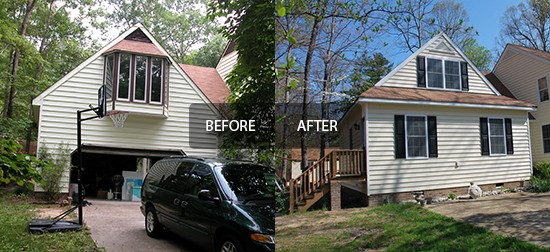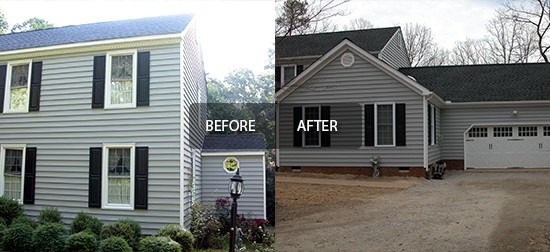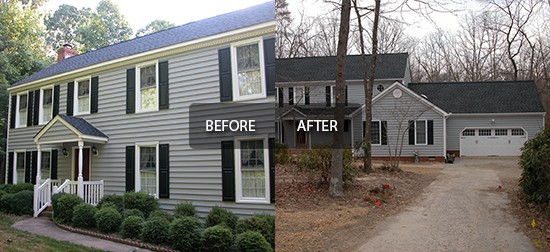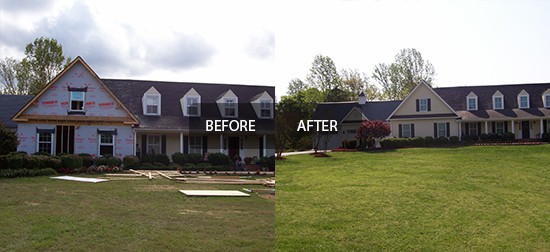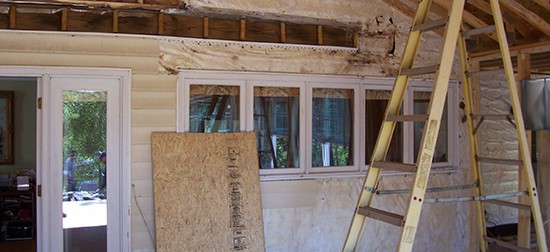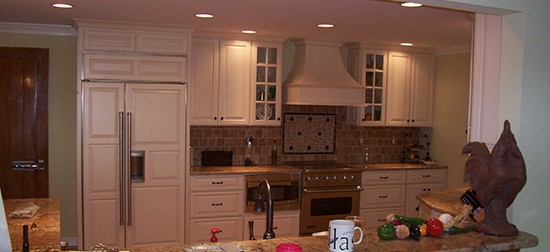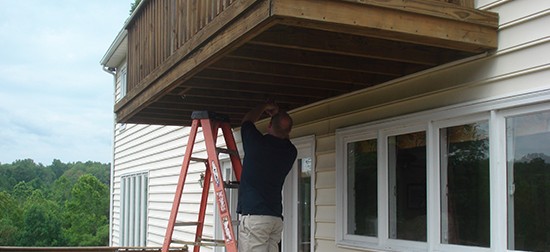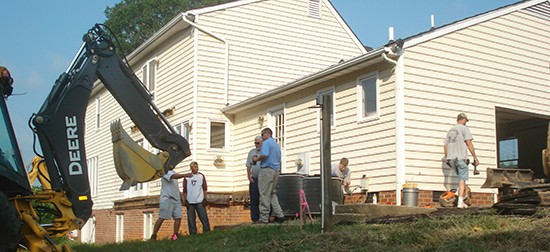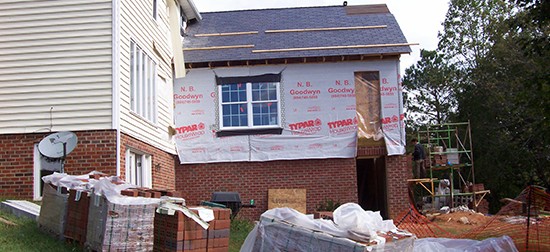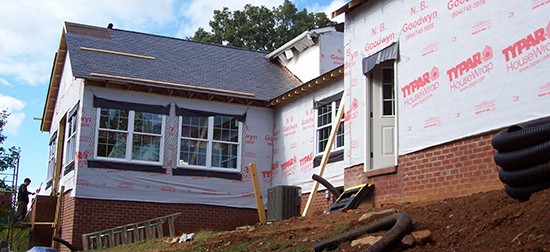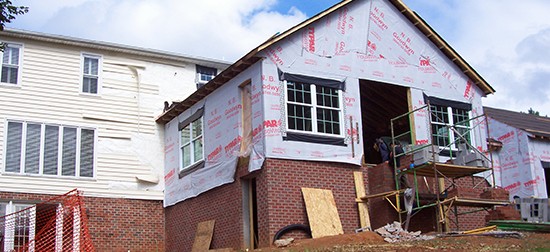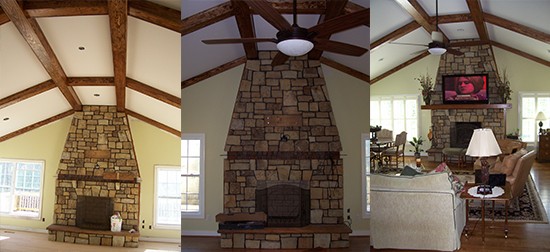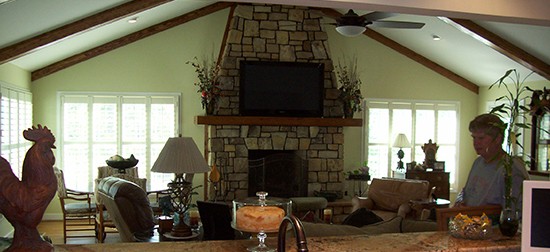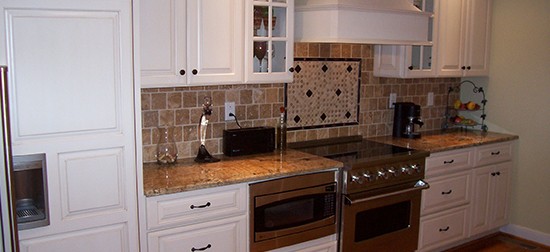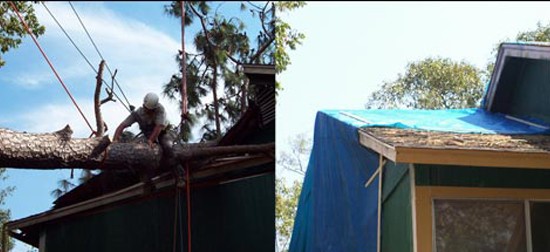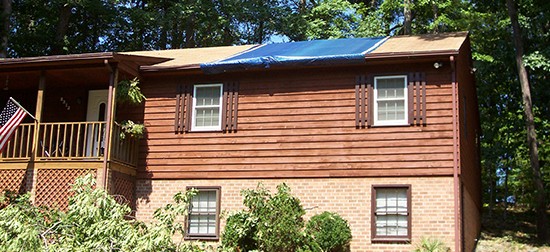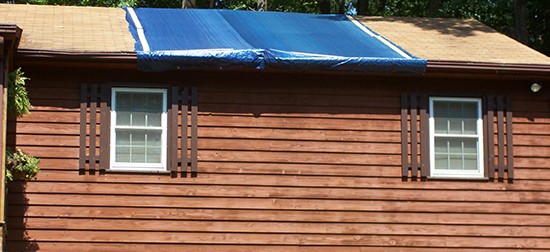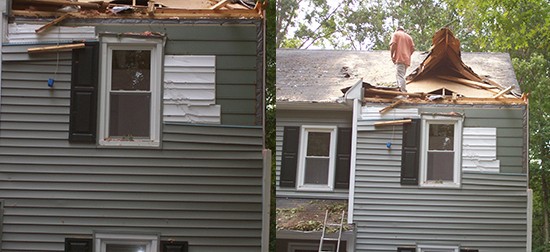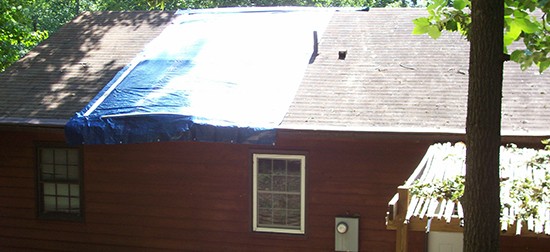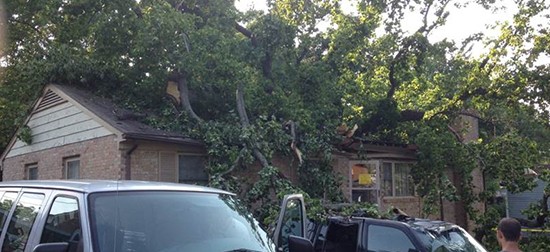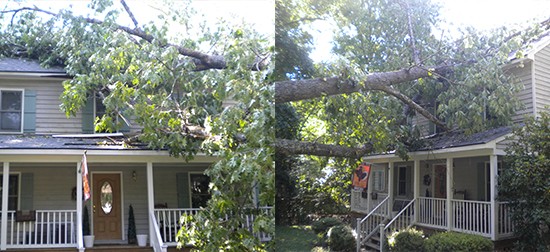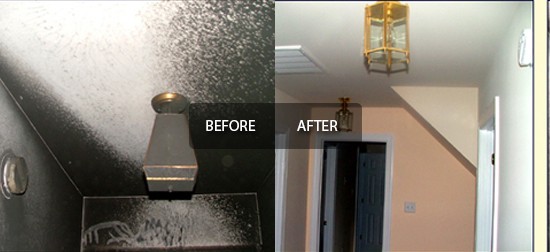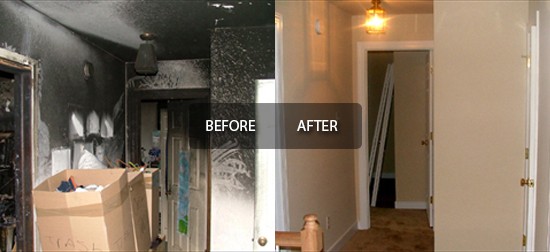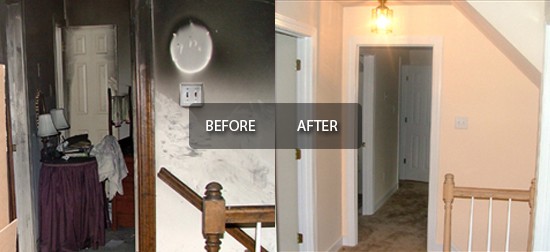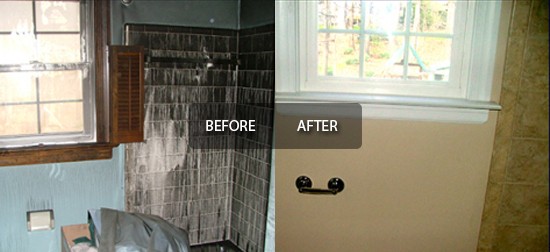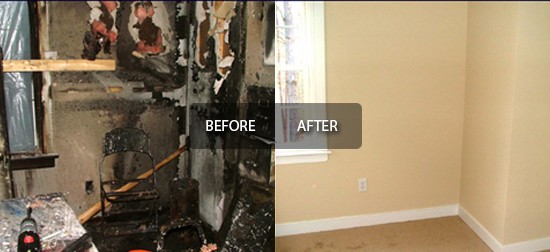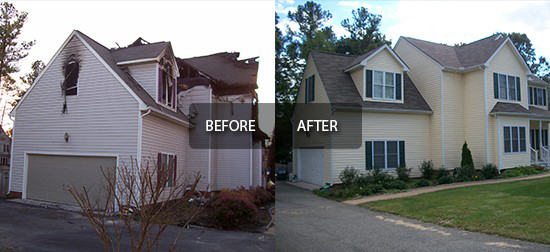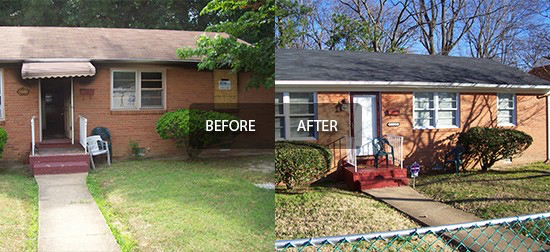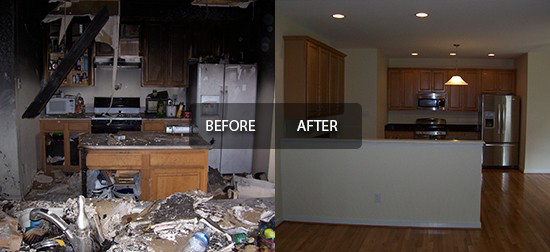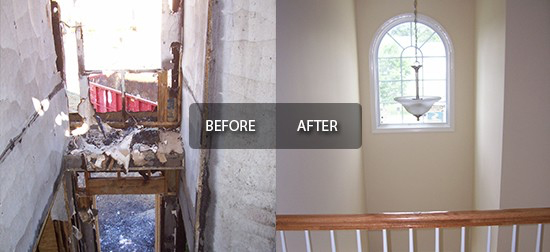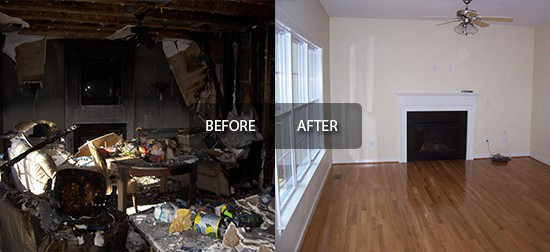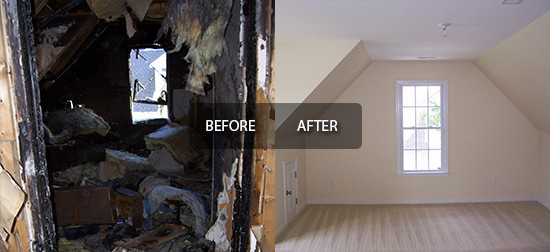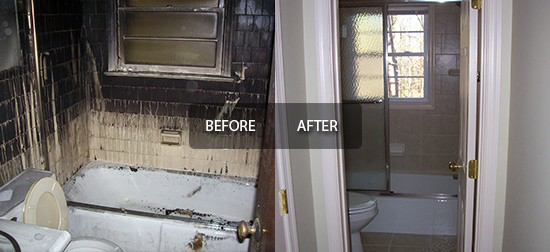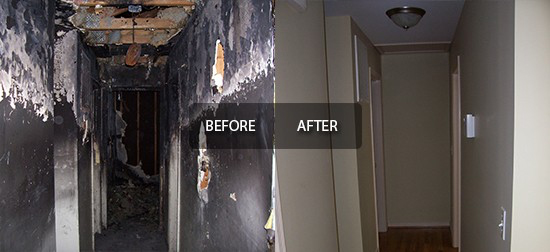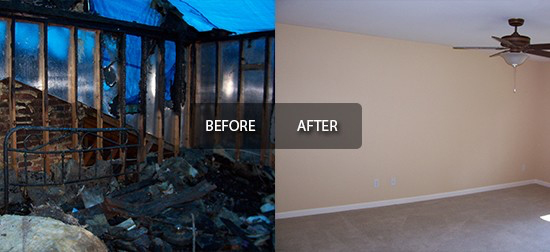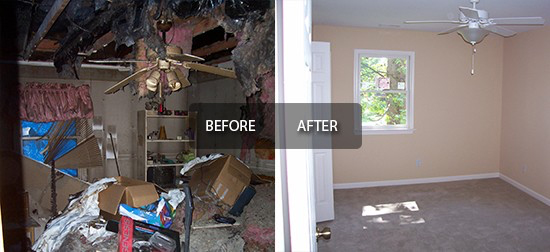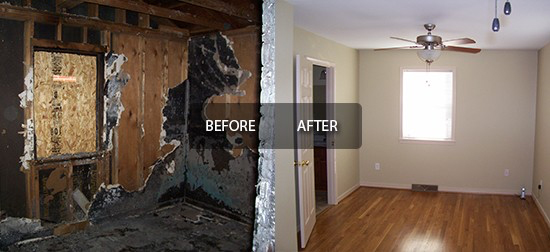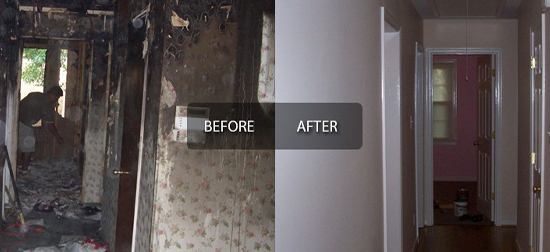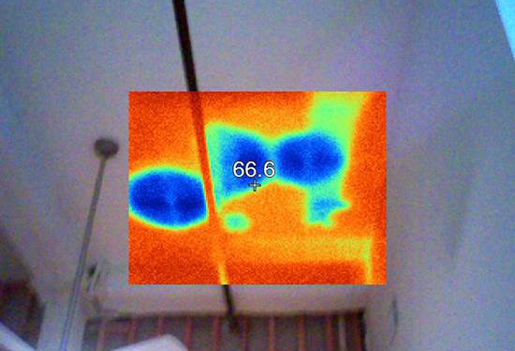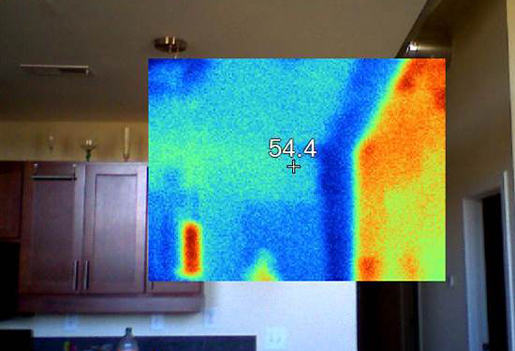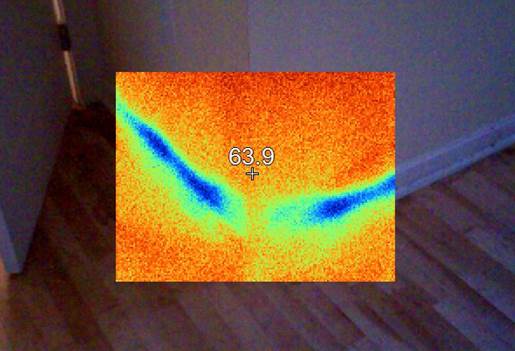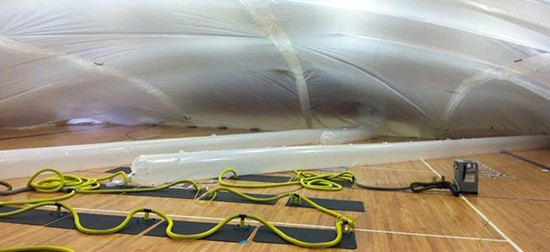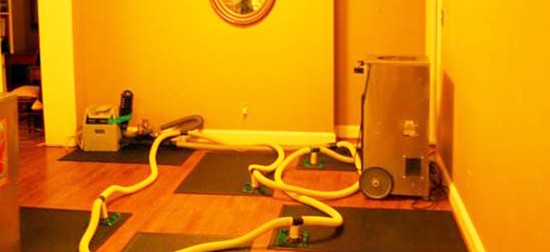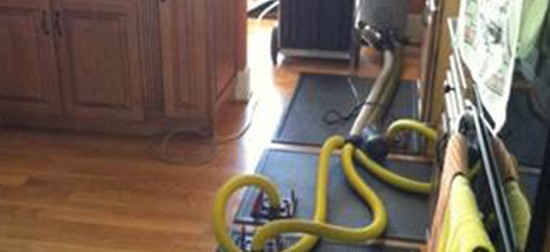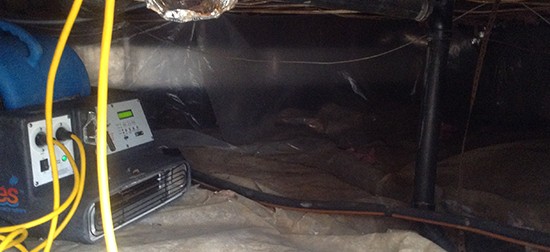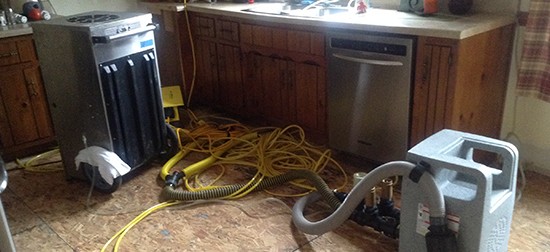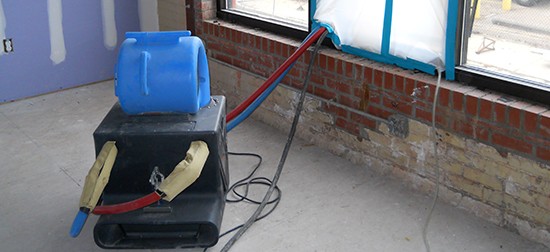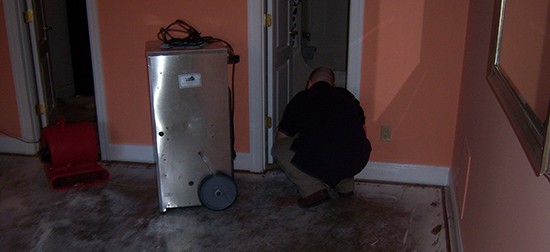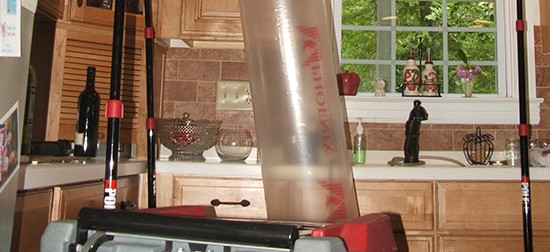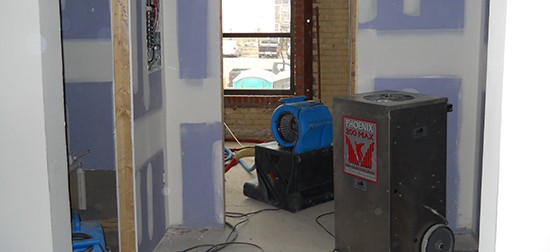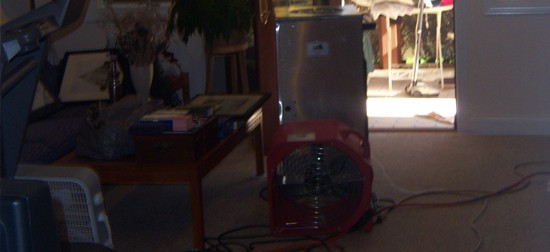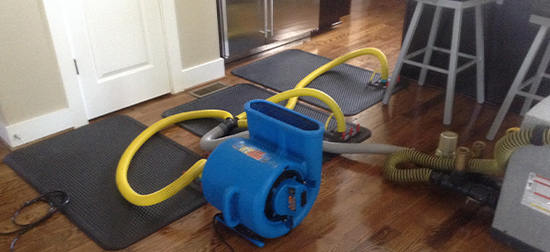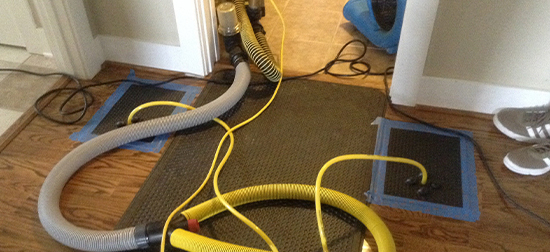It’s remarkable the amount of damage a toilet backup can cause for homeowners and business owners. If you think an overflowing toilet is bad, just imagine how bad it can be if you are on vacation away from home or if it happens while your business is closed.
Sadly, it happens more than we’d like. According to Business Wire, one study “found that more than three-fourths of Americans (76 percent) have experienced a clogged toilet in a public restroom.” If these clogged toilets are not fixed, the toilet overflows or backs up. As a result, your home or commercial property suffers water damage.
As a commercial and residential restoration service in Virginia, we’ve completed our fair share of water damage restorations that have resulted from toilet backups and other bathroom water damage issues. Here’s what you need to do if your toilet overflows.
Don’t Flush the Toilet
When many people encounter an overflowing toilet, they make the mistake of trying to flush the toilet. This is understandable because people assume it is overflowing because there is a clog in the pipes. However, flushing the toilet will do the opposite of what you’d like it to do – it will cause more water to overflow. Instead, you should try to use a plunger to remove the clog.
Stop the Overflowing Toilet
First things first, it is critical to stop the flow of water. You don’t have to be a plumber to stop the flow. You’ll need to take off the tank lid. Then, find the flapper valve. This is the circular rubber valve at the bottom of the tank. This will stop even more water from entering the toilet bowl. Then, turn off the water valve. This is the shut-off valve on the base of the toilet towards the wall. The more water escapes from the toilet, the more damage there will be. That’s why it is important to stop the flow as soon as possible.
Block Access
After you have managed to stop the overflowing toilet, you need to block access to the restroom. Do not allow family members or employees to enter the restroom. Not only is this a physical safety issue, but it is also critical to protect them from hazardous waste and to prevent the spread of contamination.
Contact Your Insurance Provider
Unfortunately, not all types of water damage are covered by insurance. It depends on several factors, such as the type of insurance you have. Additionally, the way the toilet overflowed affects whether or not your insurance company will cover the water damage. For example, if the toilet overflows because of a user error (i.e., flushed too much toilet paper or a toy), it will likely be covered by insurance. However, if the toilet overflowed because of a sewage issue, it likely will not be covered by insurance.
In cases where the overflow water appears to be dark or dirty and seems to have come from deep within the plumbing system, then water backup coverage is necessary. Water backup coverage generally covers water damage from an overflowing toilet caused by a pipe or drain, sump pump, or other devices that bring water into the home or business.
Young Alfred explains, “When it comes to homeowners insurance, water overflow is usually included by default as water damage, but water backup is usually excluded by default. You can usually purchase water backup coverage as an add-on coverage when you first purchase your policy in increments of $5,000 of protection.”
Please note – Virginia Restoration Services will provide all the documentation necessary for you to file a claim with your insurance company.
Water Removal is Essential
Next, you must remove as much water as possible as quickly as possible. This is because the longer the water sits, the more it will saturate the surfaces it comes in contact with. The more saturation, the more water damage you will face. Additionally, water damage tends to lead to mold issues if not remedied quickly. This is when a wet-dry vacuum comes in handy.
However, it is important to understand that water removal is not a simple process. For instance, since you are dealing with water overflow from a toilet, it may be contaminated. For example, if the water contains urine, it is considered a Category 2 water. If the water contains feces, it is considered Category 3, which is the worst classification for water. In both cases, the water is unsanitary and poses health risks.
With the possibility of contaminated water, it is wise to hire a restoration company in Richmond VA for water clean up rather than attempt to do it yourself.
Assess for Water Damage
Unfortunately, the issue of water damage does not end when the water has been removed. It is important to check all the areas that may have come in contact with the water from the toilet overflow. The water may have seeped under cabinets or soaked into the drywall. Additionally, if the toilet overflow occurred on a second floor, you will need to check the ceiling and the rooms below for evidence of water damage.
Contact Richmond Water Damage Restoration Professionals for Emergency Services
Fortunately, Virginia Restoration Services are available 24 hours a day, 7 days a week. With our advanced equipment and water damage expertise, we provide reliable Richmond water damage restoration day and night. Whether you are dealing with a toilet overflowing due to sewage backup or user error, we have the tools and the know-how to restore your property.
We provide debris removal services, specialty floor drying, structural cleaning, water extraction and drying, and odor cleaning. We also provide secondary services, such as mold removal and complete reconstruction. When it comes to toilet overflows, quick action is critical. The sooner you act, the less you will lose, and the more money you will save.
As a local, family-owned business in Virginia, we go above and beyond to give our neighbors the same quality of service we’d expect for our own Virginia-based homes and businesses.

